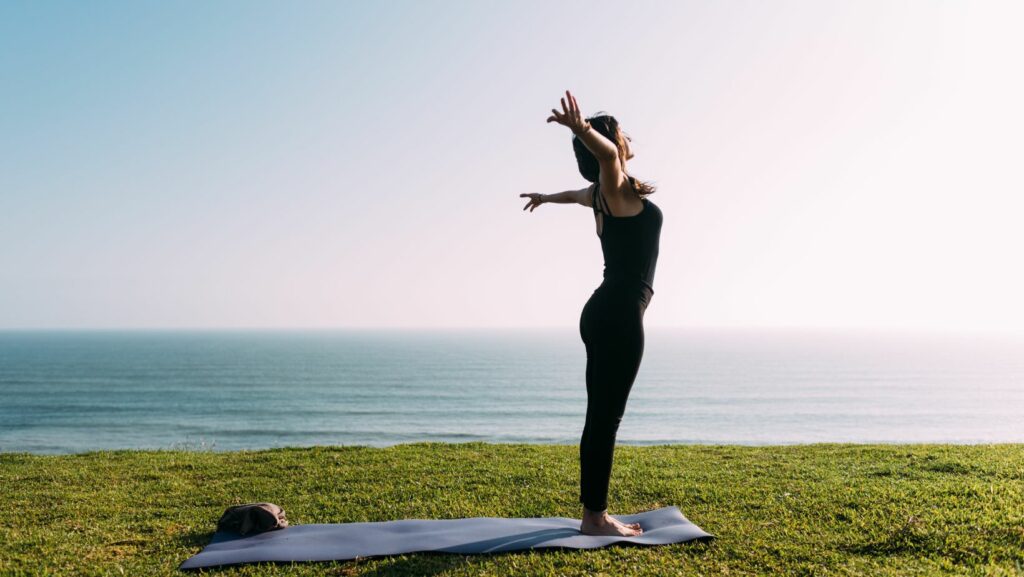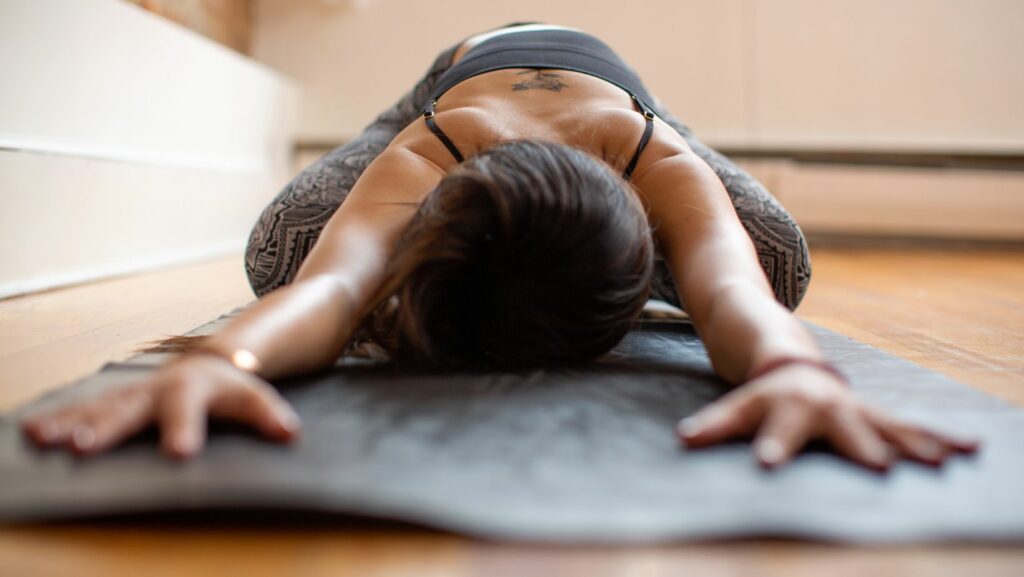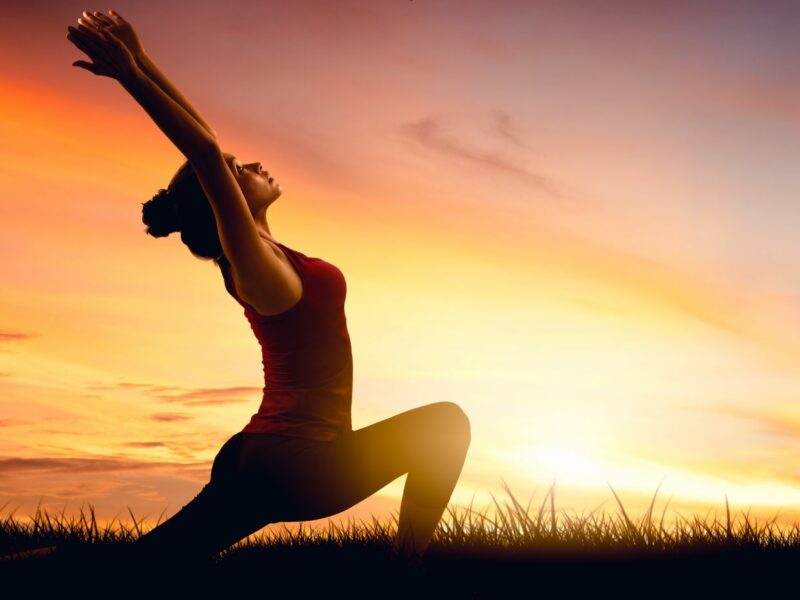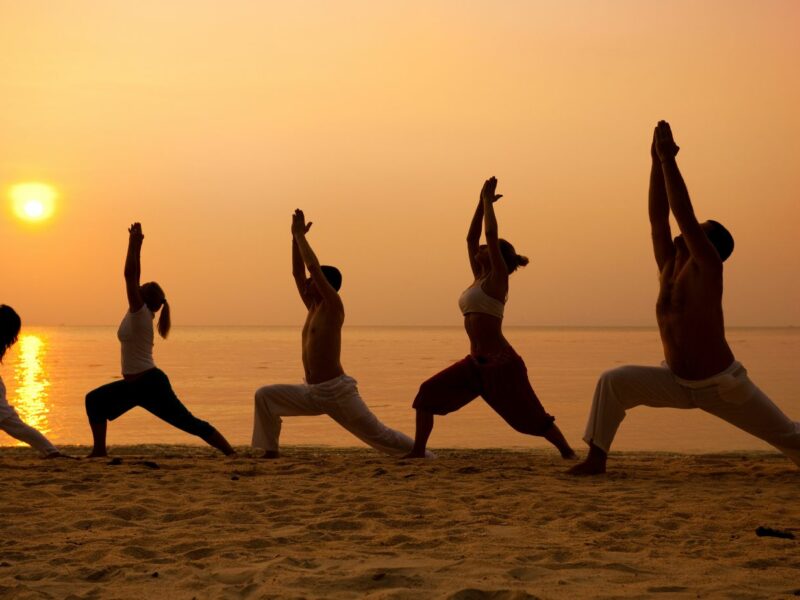Hatha yoga is a branch of yoga that focuses on physical fitness and breath control. The practice of hatha yoga can be traced back to India in the 11th or 12th century. It was created as a way to prepare the body for meditation.
Where did Hatha Yoga Originate
Hatha Yoga is a system of yoga that was codified and developed by various teachers in India, most notably Swami Swatmarama and Swami Vivekananda. It is sometimes also referred to as classical yoga or raja yoga.
Hatha Yoga has its roots in the Vedic period of Indian history. The Vedas are a collection of ancient texts that form the basis of Hinduism and date back to around 1500 BCE. They contain many references to yoga and describe it as a system of physical and mental disciplines designed to lead one to self-awareness and liberation from the cycle of rebirth.

The first systematic exposition of Hatha Yoga is found in the 11th century work, the Hatha Yoga Pradipika, by Gorakshanath. Gorakshanath was a teacher in the Nath tradition, which placed great emphasis on physical purification practices such as asceticism, pranayama (breath control), and mudras ( gestures or seals) as a means to attain spiritual power.
The Nath tradition was continued by teachers such as Matsyendranath and Gorakhnath’s most famous student, Jnanesvar. It is from this lineage that some of the most well-known Hatha Yoga texts, such as the Shiva Samhita and Gheranda Samhita, were composed.
The Pre-Classical Period
The Pre-Classical period is considered to be the period from approximately 200 BCE to 600 CE. This was a time when various yoga traditions began to emerge, including Hatha Yoga. Hatha Yoga is believed to have originated during this time, and it is thought to be one of the oldest yoga traditions still practiced today.
There is not a lot of information about the early history of Hatha Yoga, and much of what is known comes from legends and stories passed down through generations of yogis. According to one popular legend, the Buddha himself practiced Hatha Yoga and taught it to his disciples. Other stories suggest that Hatha Yoga was developed by some of the great yogis of ancient India, such as Patanjali and Goraksha.
Whatever its origins, it is clear that Hatha Yoga began to develop into a distinct tradition during the Pre-Classical period. This was a time when various yoga schools and traditions were emerging, and Hatha Yoga was just one of many different approaches to yoga that were being practiced.
The Classical Period
The roots of hatha yoga are usually traced back to the classical period of Indian history (circa 400 BCE to 200 CE). This was a time when various schools of philosophy were flourishing in India, and there is evidence that some of these schools incorporated physical techniques such as breath control and postures into their practices. The Mahabharata, a massive Hindu epic written during this period, contains references to Yoga Sutras, which are now considered to be one of the key texts of classical Yoga.
Although we don’t know for certain how or when hatha yoga began, it is thought that it developed over time as a way to prepare the body for meditation. The physical techniques of hatha yoga were designed to help practitioners develop focus and concentration, and to still the fluctuations of the mind. In recent years, hatha yoga has become hugely popular as a form of exercise, and while there are many different styles and approaches, the basic principles remain the same: to unify the body, mind and spirit through the practice of physical postures (asanas), breathing techniques (pranayama) and meditation.
The Development of Hatha Yoga
Hatha yoga is a branch of yoga that emphasizes physical exercises, including both internal and external cleansing practices, as a means of purifying the body. Although hatha yoga is not mentioned in the Vedas, it is based on principles laid out in the scriptures. Hatha yoga developed over time through the efforts of various teachers, and its popularity spread throughout India and beyond.
The Post-Classical Period
During the post-classical period, yoga began to move away from its ascetic roots and become more aligned with devotional practices and the worship of deities such as Shiva and Shakti. This shift is largely due to the influence of the tantra tradition, which saw yoga as a means to mystical powers and emancipation.
During this time, two new types of yoga emerged: Hatha yoga and Raja yoga. Hatha yoga focuses on physical purification practices such as breath control and postural exercises, while Raja yoga emphasizes meditation and mental discipline.
The most important development during this period was the synthesis of these two approaches by the sage Patanjali, who codified the practice of yoga in his seminal work, the Yoga Sutras. The Yoga Sutras remain an influential text for yogis today, and provide a framework for the practice of both Hatha yoga and Raja yoga.
The Modern Period
The modern period of hatha yoga began in the early 20th century with Tirumalai Krishnamacharya, who is often referred to as “the father of modern yoga.” Krishnamacharya taught a form of hatha yoga that was strongly influenced by the ancient texts of Patanjali and the Yoga Sutras. His students included some of the most famous yoga teachers of the 20th century, including B.K.S. Iyengar, Pattabhi Jois, and Indra Devi.

Krishnamacharya’s approach to yoga was very different from the way it had been traditionally taught. He emphasized the importance of aligning the body in each pose and linking the movement of the body with the breath. He also placed a strong emphasis on developing strength and flexibility through practice. This approach to yoga quickly gained popularity in India and then spread to other parts of the world.
Today, many different styles of yoga are practiced all over the world, but they all have their roots in Krishnamacharya’s teachings. If you practice yoga today, you are likely doing so because of Krishnamacharya’s influence on the development of modern yoga.
The Teachings of Hatha Yoga
Hatha Yoga is a branch of yoga that specifically focuses on physical health and mental well-being. The word “hatha” can be translated two ways: as “willful” or “ forceful,” or the more common “ sun-moon.” The practice of hatha yoga is often seen as a path to reach the goal of raja yoga, which is a union of the mind, body, and spirit.
The Eight Limbs of Yoga
The eight limbs of yoga are a set of guidelines for living a purposeful and meaningful life. They are designed to help us achieve inner peace and harmony.
The first two limbs, yama and niyama, deal with our relationships with others and ourselves. The next three, asana, pranayama, and pratyahara, deal with our physical and mental health. The last three, dharana, dhyana, and samadhi, deal with our spiritual practice.
1. Yama: The first limb deals with our relationship with others. It includes guidelines such as ahimsa (non-violence), satya (truthfulness), asteya (non-stealing), brahmacharya (sexual restraint), and Aparigraha (non-greed).
2. Niyama: The second limb deals with our relationship with ourselves. It includes guidelines such as Saucha (purity), Santosha (contentment), Tapas (austerity), Svadhyaya (self-study), and Ishvara Pranidhana (surrender to God).
3. Asana: The third limb deals with our physical health. It includes the practice of yoga postures or Asanas.
4. Pranayama: The fourth limb deals with our breathing exercises or Pranayamas . These help us control our prana or life force energy.
5. Pratyahara: The fifth limb deals with sense withdrawal or Pratyahara . This helps us control our senses and focus on our inner world.
6. Dharana: The sixth limb deals with concentration or Dharana . This helps us focus our mind on one object or thought.
7. Dhyana: The seventh limb deals with meditation or Dhyana . This is a deeper state of concentration where we connect with our innermost self.


